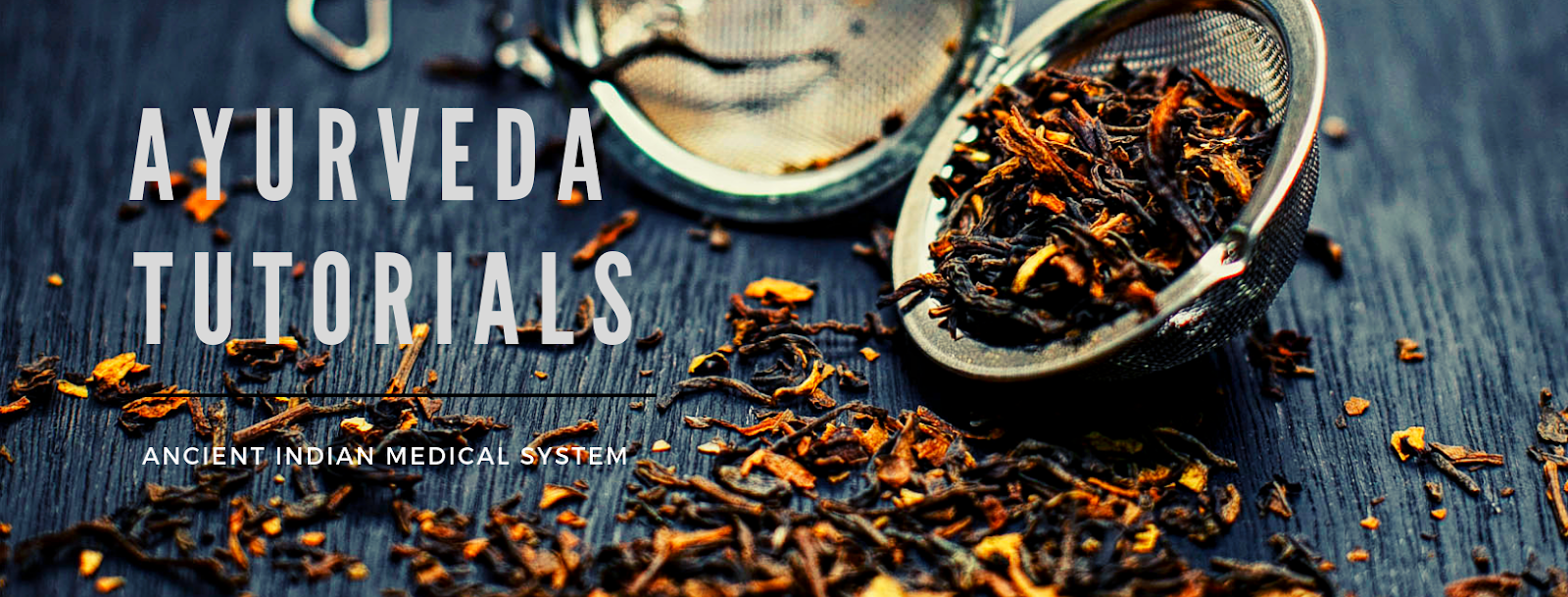Dhatus
are the seven bodily tissues that hold and contain structure of the
organs within the body. They are:
- Rasa / Plasma
- Rakta / Blood
- Mamsa / Muscles
- Meda / Fat
- Asthi / Bones
- Majja / Marrow
- Shukra / Sperm and ovum
The
capacity of your body to prevent disease depends of dhatus.
Like doshas,
dhatus are formed from the five basic elements.
There is a close relationship between the doshas and the dhatus.
Dhatus are governed by the three doshas, and any imbalance in them
also causes imbalance in dhatus.
Formation Of Dhatus:
Each
dhatu has its own dhatvagni- metabolism or digestive fire. Dhatvagni
performs synthesis of new tissues and yields energy for the function
of tissue. Since dhatus support and derive from each other,
affecting one can influence other.
The
formation of dhatus occurs trough the ingestion of food. The nutrient
once absorbed into the digestive tract is synthesized by the rasagni
and transported to form rasa dhatu or body's plasma tissue. Rasa
dhatu provides nourishment to every cell and tissue of the body. It
is controlled by Kapha dosha.
Once
the rasa dhatu is formed, the nutrients are refined through a process
by raktagni and transported to form rakta dhatu or blood tissue.
Rakta dhatu carries respiratory gasses and nutrients required
for the basic life process. It is related with Pitta dosha.
Once
the rakta dhatu is formed the nutrients are further refined by
mamsagni and transported to form mamsa dhatu or muscle tissue. Mamsa
dhatu provide physical strength, cover for bones and organs and helps
in locomotor system. It is controlled by Kapha dosha.
Once
the mamsa dhatu is formed nutrients are refined by medagni to produce
meda dhatu or fat tissue. It's main function is lubricating the
entire body system. Meda provides energy to the body and helps in
maintaining the body temperature. It is controlled by Kapha dosha.
Once
the meda dhatu is formed nutrients are refined by asthagni to produce
asthi dhatu or bone tissue. Asthi dhatu consist of bone tissues
including the cartilages. It's main function is to provide support to
the muscle tissue. It is controlled by Vata dosha.
Once
the asthi dhatu is formed nutrients are refined by majjagni to
produce majja dhatu or red and white bone marrow. It's main functions
are to fill in the bone cavities and give fullness to the body. It's
main function is to provide viscidity to the body. It is controlled
by Kapha dosha.
The
remaining nutrients are synthesized by shukragni to form shukra dhatu
or reproductive tissue (sperm / ovum).
Shukra is the most important dhatu among all others because it has
the capacity of producing new life. Semen nourishes the physical
body, heart and intellect. It is controlled by Kapha dosha.
If you want to learn more about Ayurvedic physiology you should read Charaka Samhita - the most ancient and authoritative ayurvedic text studied by students of Ayurveda all over the world.
Author: Ayurveda Tutorials


No comments:
Post a Comment